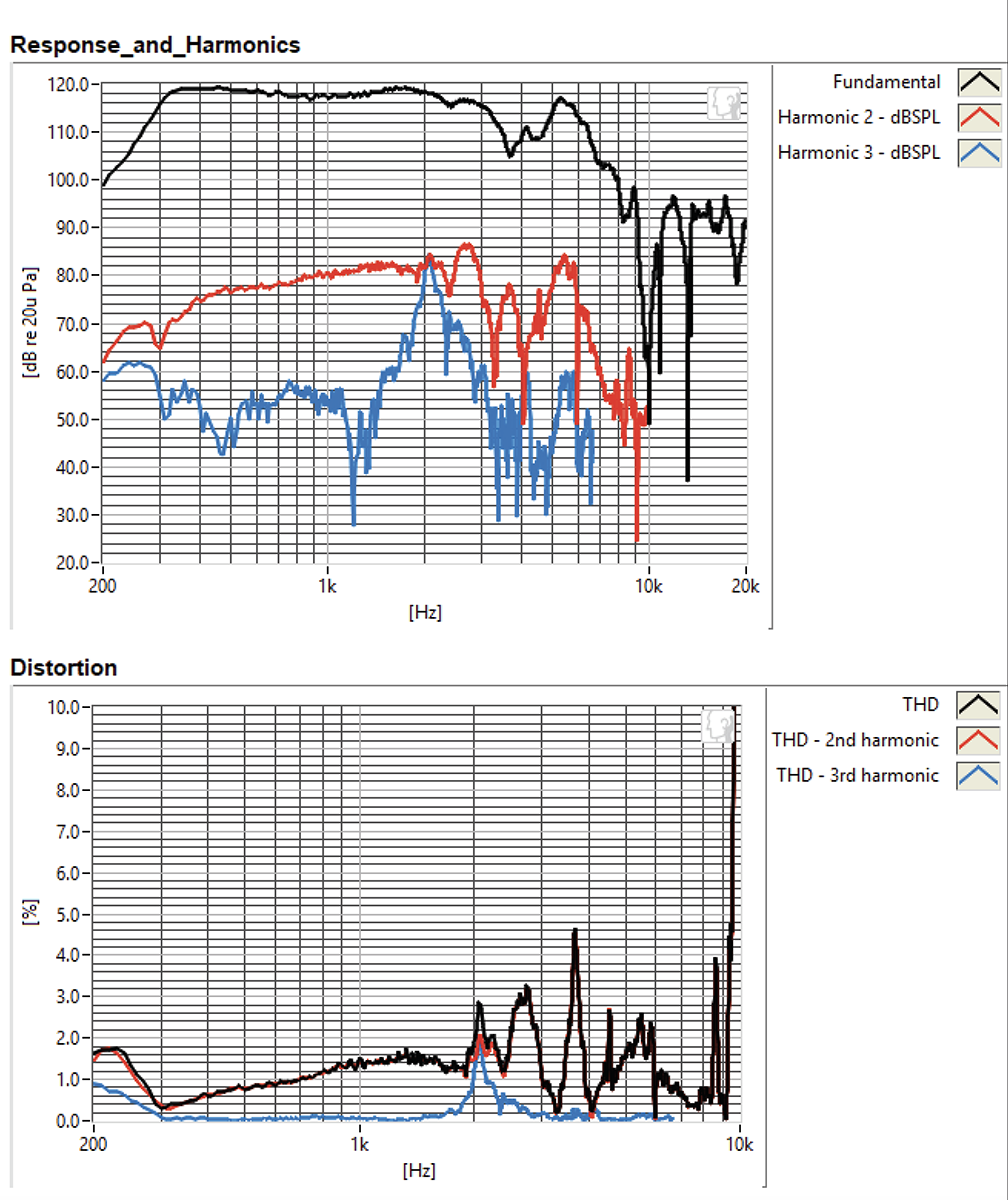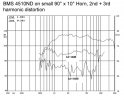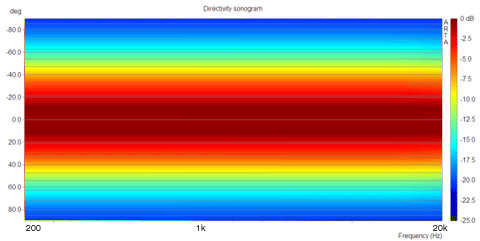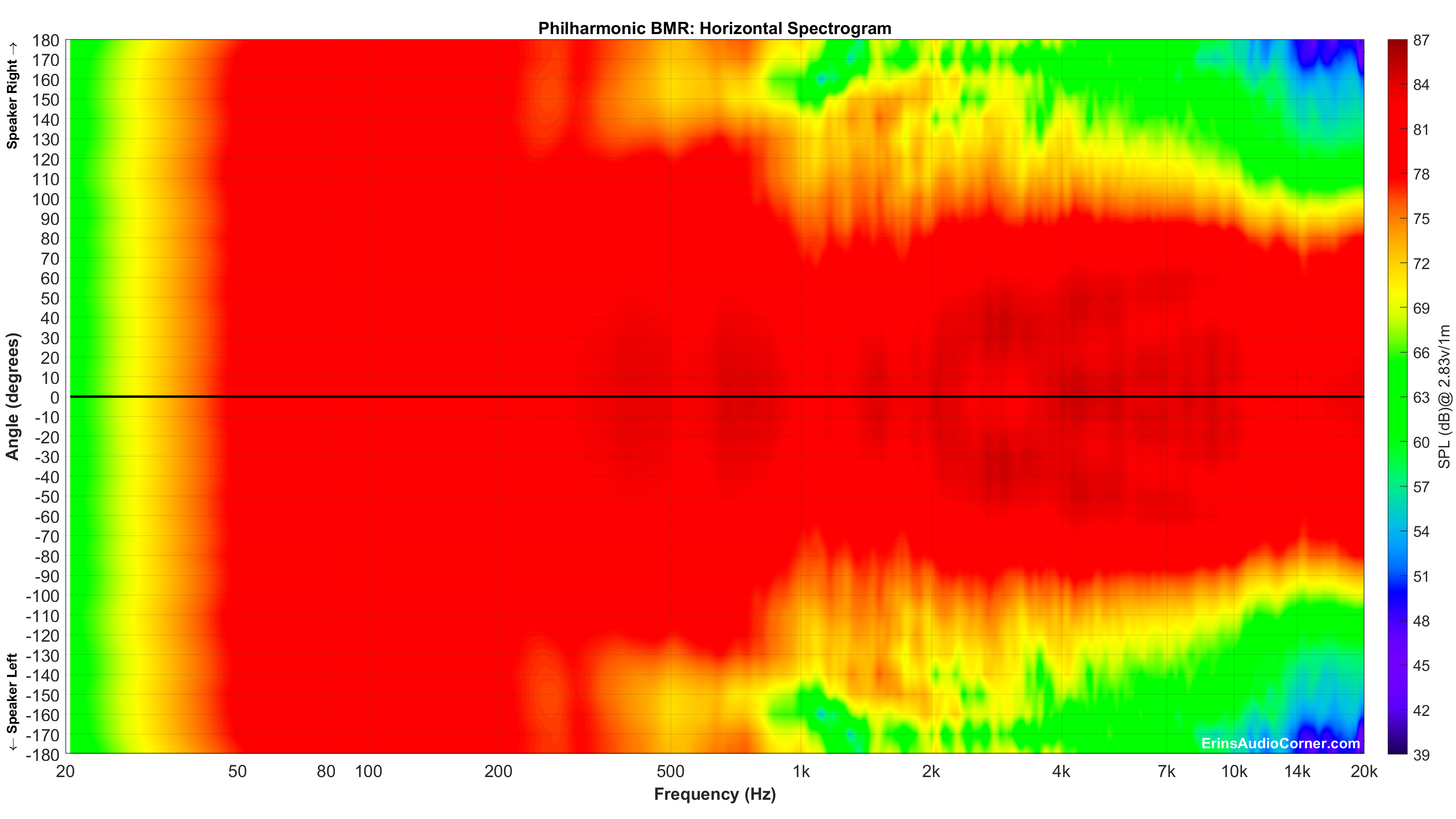JeanKazamer
Member
- Joined
- Sep 12, 2021
- Messages
- 61
- Likes
- 31
hi all, sorry to bother but the neophyte here as some problems following all you experienced folks ( brain sweats all over my desk from reading this forum )
1- Do we have ( or could you please point ) to what " IDEAL " measurements of directivity should look like ?
( most of the other measurements i can understand with the " ideal " lines added thanks for that
2- I am looking at different types of drivers trying to understand and learn, and i am having difficulties understanding or rather comparing distortion measurements graphs. It's like every manufacturer use a very different scaling and or test methodology and makes it diff. for the noob in me to understand what is going on.
For example in this test of a compression driver :

Is that by any measure good performance ? I understand those drivers are usually used in " loud " pro setups,
but what about at normal listening levels ? Can we get useful info from those graphs with crazy high DB ??
3- If i understood correctly, when designing a loudspeaker system, it would be easier to have " too much DB " to start with than too little ?
As in X tweeter has a good 5-10db shelve from let's say 8k to 12k as opposed to having a dip down in the same range.
Is it because it is much easier to EQ down than up thus getting lower distortion simultaneously ?
4- Lastly ( sorry i know to many questions my bad ..i'd have 200 more but i'll try and find some of it by myself )
Is the goal with sound pressure and distortion getting the lowest amount of distortion at the highest listening sound power for the intended purpose ?\
THD plots with very low efficiency drivers in the low 80db don't mean much then ? I'd guess that drivers of any type should have lower distortion when output is lowered right ? ( unsure i formulated my thought right here sorry lol )
And as always, thanks to all of you for helping out and sharing info much appreciated !
much appreciated !
1- Do we have ( or could you please point ) to what " IDEAL " measurements of directivity should look like ?
( most of the other measurements i can understand with the " ideal " lines added thanks for that
2- I am looking at different types of drivers trying to understand and learn, and i am having difficulties understanding or rather comparing distortion measurements graphs. It's like every manufacturer use a very different scaling and or test methodology and makes it diff. for the noob in me to understand what is going on.
For example in this test of a compression driver :

Is that by any measure good performance ? I understand those drivers are usually used in " loud " pro setups,
but what about at normal listening levels ? Can we get useful info from those graphs with crazy high DB ??
3- If i understood correctly, when designing a loudspeaker system, it would be easier to have " too much DB " to start with than too little ?
As in X tweeter has a good 5-10db shelve from let's say 8k to 12k as opposed to having a dip down in the same range.
Is it because it is much easier to EQ down than up thus getting lower distortion simultaneously ?
4- Lastly ( sorry i know to many questions my bad ..i'd have 200 more but i'll try and find some of it by myself )
Is the goal with sound pressure and distortion getting the lowest amount of distortion at the highest listening sound power for the intended purpose ?\
THD plots with very low efficiency drivers in the low 80db don't mean much then ? I'd guess that drivers of any type should have lower distortion when output is lowered right ? ( unsure i formulated my thought right here sorry lol )
And as always, thanks to all of you for helping out and sharing info






